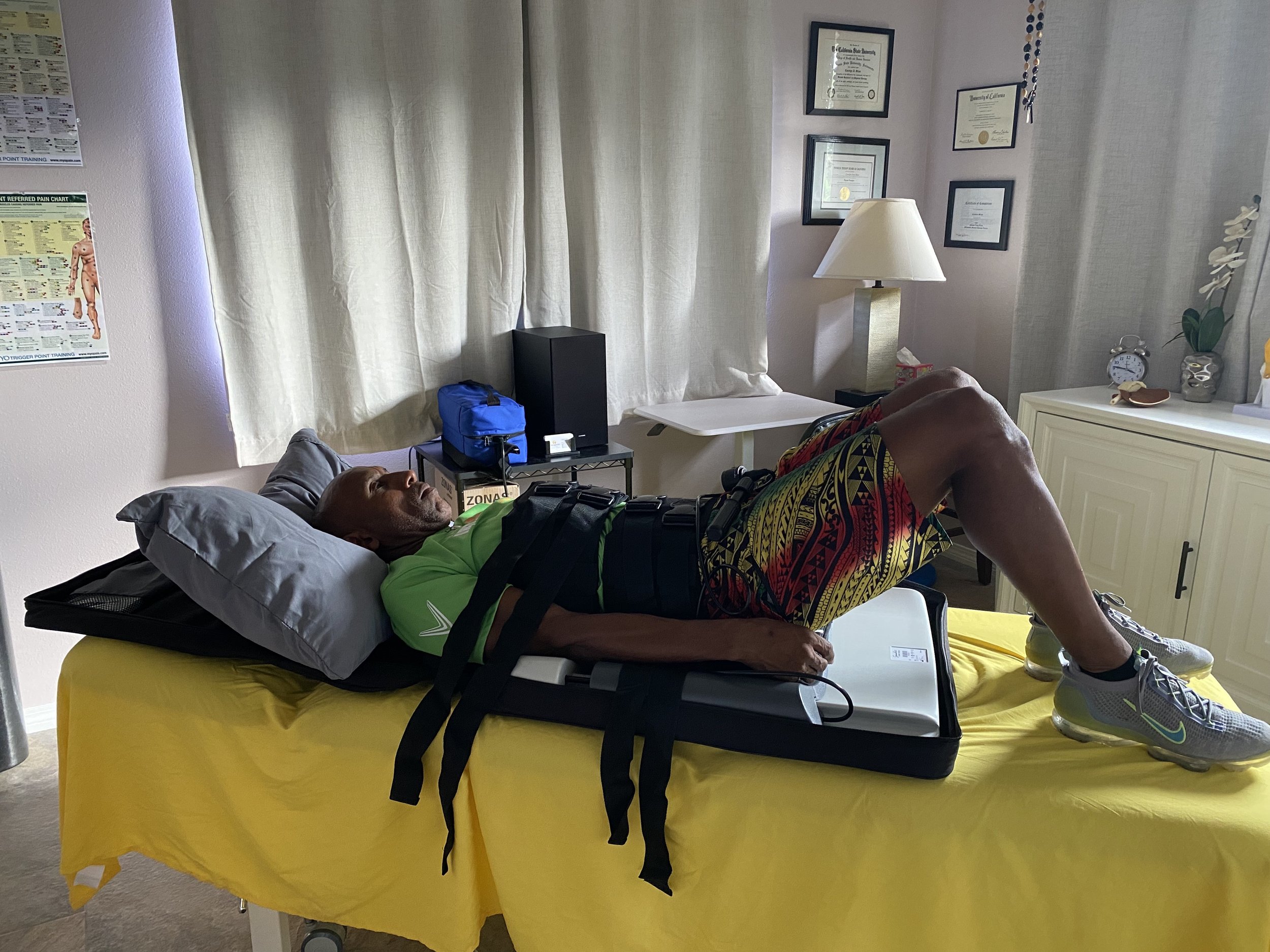
ADVANCED CLINICAL NEURODYNAMICS
Our nervous system is very impressive! Each nerve cell starts out in the brain and goes all the way to the tips of our fingers and the tips of our toes! This pathway is not only a long one but it's convoluted, going around, between, within muscles, joints, and fascial layers (see my first blog post under the NEWS section for more information on fascia). This means that there's ample opportunity for nerves to get hung up along the way. For instance, as a nerve pierces through restricted muscle tissue, additional pressure is placed upon the nerve than if the muscle tissue is soft and supple. Nerves are very sensitive to pressure and when pressed upon by restricted tissue or swelling, there can be referred pain or altered sensation in an area that is innervated by that nerve. Also, superficial nerve endings can be entrapped by adjacent restricted fascia and can cause nerve - type symptoms such as numbness and/or tingling or referred pain. This phenomenon is more dramatic when the pressure is quick, intense and direct as occurs when we bump our ulnar nerve at the inside of our elbow,Ouch!
Additionally, something we, in the medical field, call adhesions can occur. Adhesions are bands of scar-like tissue that form between two surfaces inside the body and cause them adhere to one another. It is thought that nerves can become entrapped by adhesions within their own nerve sheath, which is what we call the tissue which surrounds and insulates the nerve bundles. Chemical irritants from adjacent inflamed tissue can cause nerve irritation as well.
The good news is, there's a technique called clinical neurodynamics that can help to relieve the adhesions and nourish the nerve within its sheath. These techniques can also help when there is lack of nerve movement as it passes through and around all of the other tissue within the body. There are also myofascial release techniques that can be performed to relieve an “myofascially entrapped” nerve.
